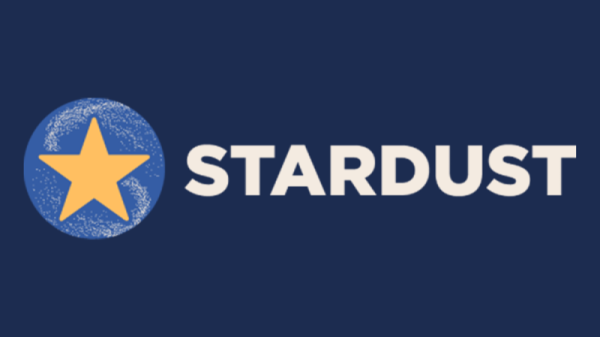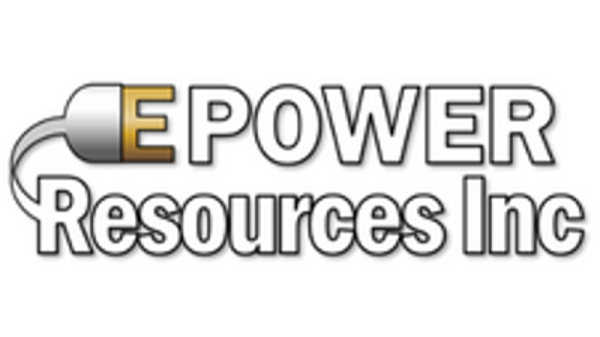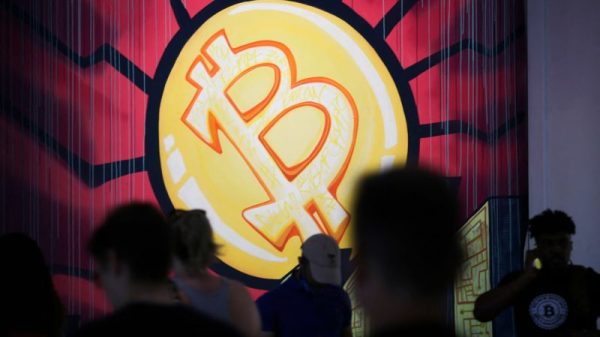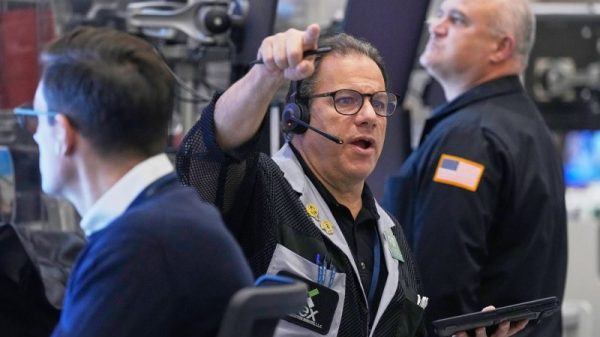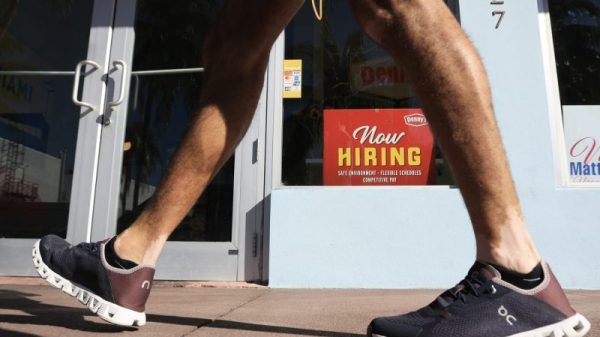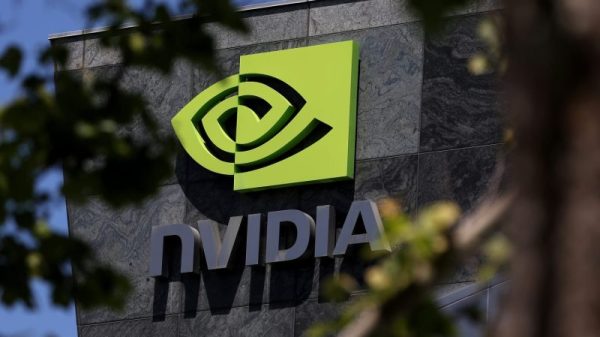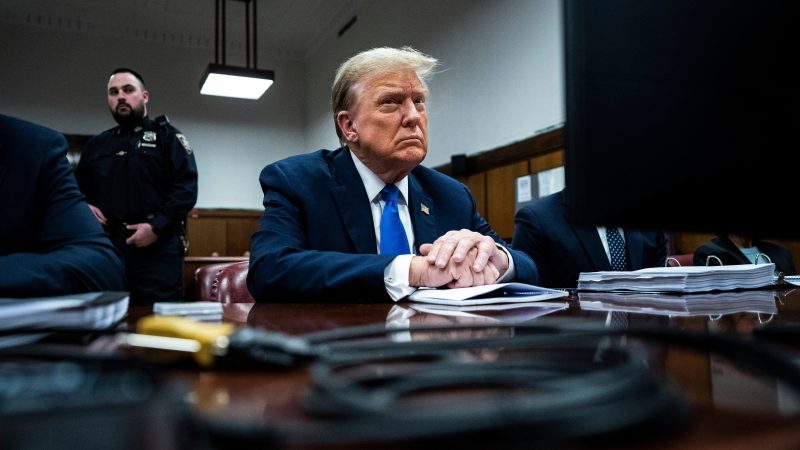There is no trial in recent history, or possibly all of American history, that can rival the one underway in Lower Manhattan. For the first time, a former president is facing a jury on charges that he committed multiple felonies — and not just any former president, but probably the most polarizing former president the United States has ever seen. And not only is the president on trial highly polarizing, but he’s also made the trial a central element of his bid to be reelected.
Being a juror on this case, People of the State of New York v. Donald J. Trump, is unlike being a juror on any other case that Manhattan (or perhaps the country) has ever seen. It involves unusual risks, unusual scrutiny and unusual challenges.
On Thursday morning, for example, a woman who had already been selected to serve on the jury bowed out, expressing concern that she was publicly identifiable and after she’d already been isolated for criticism by pro-Trump media outlets. In response, New York Supreme Court Justice Juan Merchan demanded that the media be more cautious in reporting information about the jurors.
It is easy to sympathize with that former juror and her concerns. And — with the exceptional nature of the current case stipulated above — I will say that it is particularly easy for me to do so, having once spent several months serving as a juror on a high-profile case in the same venue.
On Monday, I wrote about the process of being selected to serve on that jury, a process that mirrored the Trump trial. With the juror’s removal, though, it seemed useful to explain a bit about how those jurors might expect their service to unfold — all for the impressive salary of $40 per day.
The trial for which I served as a juror centered on Brooke Astor, one of New York City’s best-known socialites and a member of one of the city’s oldest families. Her son, Anthony Marshall, was accused of having taken advantage of her after she developed Alzheimer’s disease, working with attorney Francis Morrissey to, among other things, change her will to Marshall’s benefit.
Astor had long been a focus of the city’s tabloids, and the details of this case meant that it was no exception. The New York Post and the Daily News wrote about the trial regularly; the New York Times dedicated a reporter to it. But I only learned this after the fact.
That’s the first aspect of the bubble in which the Trump jurors will live for the unknown duration of the trial: They will need to be careful about what they read or watch — more careful, really, than my fellow jurors or I ever needed to be. The Astor trial, as it was known, was covered, but mostly by papers in the city and rarely, if ever, as a focus of national cable news coverage. The Trump trial will be very different, with endless opportunities for jurors to accidentally encounter media coverage.
What’s important to remember here is that news stories include information not addressed in the courtroom. Even a story that simply detailed evidence presented to jurors might be problematic, as it could make obvious which pieces of evidence were understood to be the most important. But a lot happens around a case to which jurors shouldn’t and can’t be exposed: debates between attorneys, broader context for witness appearances, things that ultimately are excluded from the evidence jurors might see.
The task of a juror is simple, really: Compare the letter of the law to the evidence shown in court. Coming across evidence that wasn’t in court risks tainting perceptions of the evidence that was, and, as a result, how jurors arrive at a verdict.
For me, the weirdest manifestation of the gap between what I knew and what the rest of the world knew was in my wife’s response when we first saw each other at the end of each day. We never discussed the case, but — nearly as invested in the situation as I was — she often seemed to scrutinize my demeanor for some sense of how I’d reacted to the testimony we’d heard. I recognized the look; I saw it constantly from the defendants, the lawyers and the media in the room. But even with my wife, there was always that wall, that bubble, that separated me from what the rest of the world knew — a wall I was expected to maintain.
One juror — an alternate, if I remember correctly — was dismissed for reading the New York Post in the jury room. Old habits die hard, I suppose, but this was very much not in keeping with trying to maintain that bubble. Even in the jury room, we weren’t allowed to talk about the evidence until we reached the point of deliberation, much less read news about it. (This prohibition did not stop us from discussing the witnesses in a gossipier context, I admit.)
In addition to having to keep information out of the bubble, we also had to deal with the concern that the Trump juror expressed: people trying to look in. My wife knew how I was pulling in $40 a day, obviously, as did a few close family members. Otherwise, though, we didn’t talk about it. I don’t recall how often questions came up about what I was doing; I suspect not often.
Our jury pool was probably advantaged to some degree in that it included several retirees and people who (like myself at the time) were self-employed. This allowed many of us to avoid co-worker gossip about how we’d been missing from work for months on end (five-plus months, as it turned out). Not all of us were so lucky, however. And even as anonymous actors, we were newsworthy; when the forewoman was attacked on the subway (an act unrelated to the case), it made the papers.
Again, this is hard to compare to the Trump case, where far more people are paying attention and interest in identifying the jurors is presumably far higher. It is simply to say that even in a high-profile case with less national interest, jury service is a balancing act, a lengthy effort to remain at an uncomfortable distance from the rest of the world. Until that day when we finally rendered a verdict and walked out of the courtroom — to learn that all the reporters already knew our names and, as I discovered when I got home that night, where we lived.
As I write this, I have a framed copy of a courtroom sketch hanging over my desk. Drawn by artist Jane Rosenberg, it depicts an early witness being questioned by Anthony Marshall’s attorney. Marshall is seen at lower right in profile. At top right is New York Supreme Court Justice A. Kirke Bartley.
At center-left, in the pink shirt I apparently wore that day, you can see me sitting with the other jurors. Unlike the other people in the sketch, though, our faces are drawn to be unidentifiable. The bubble persisted.








